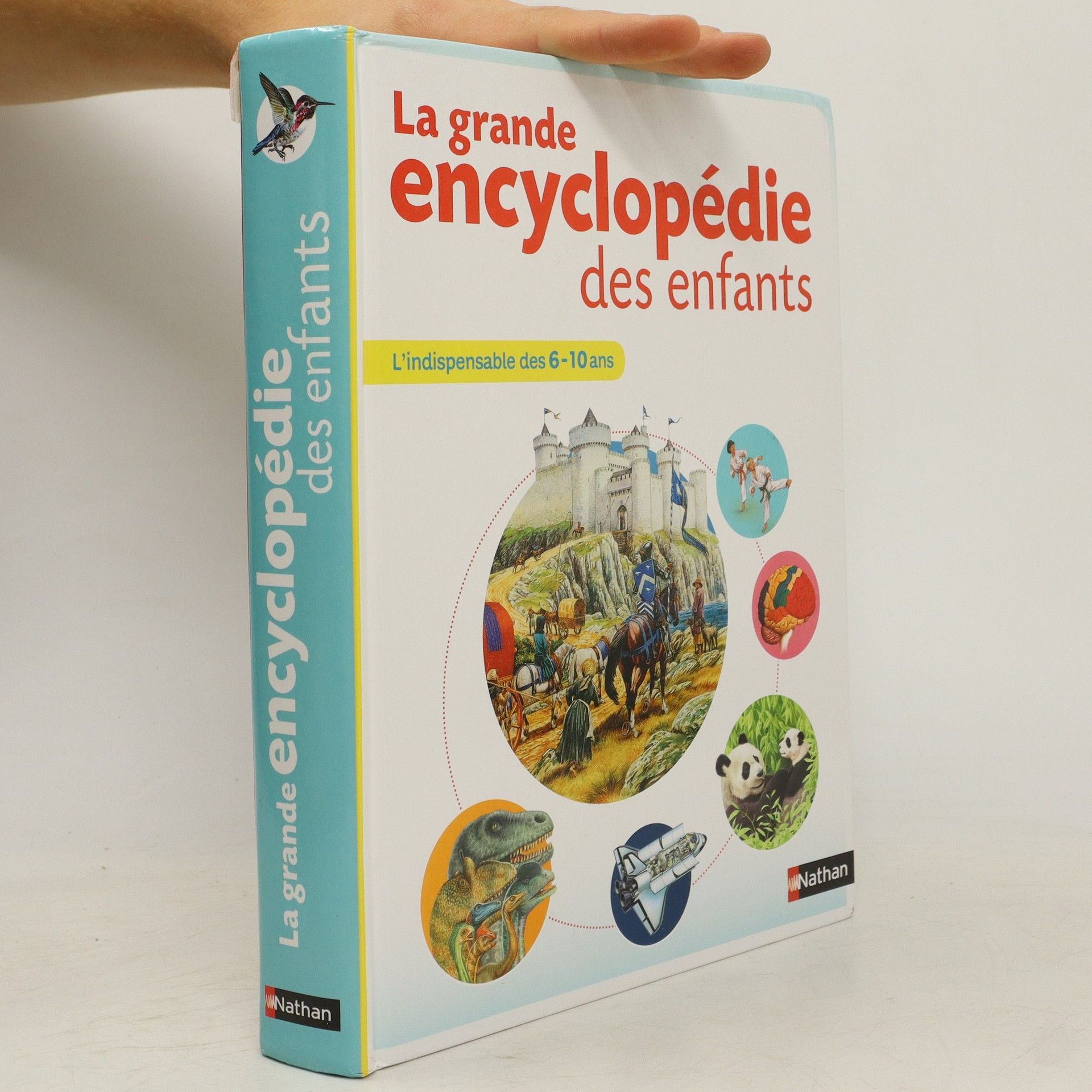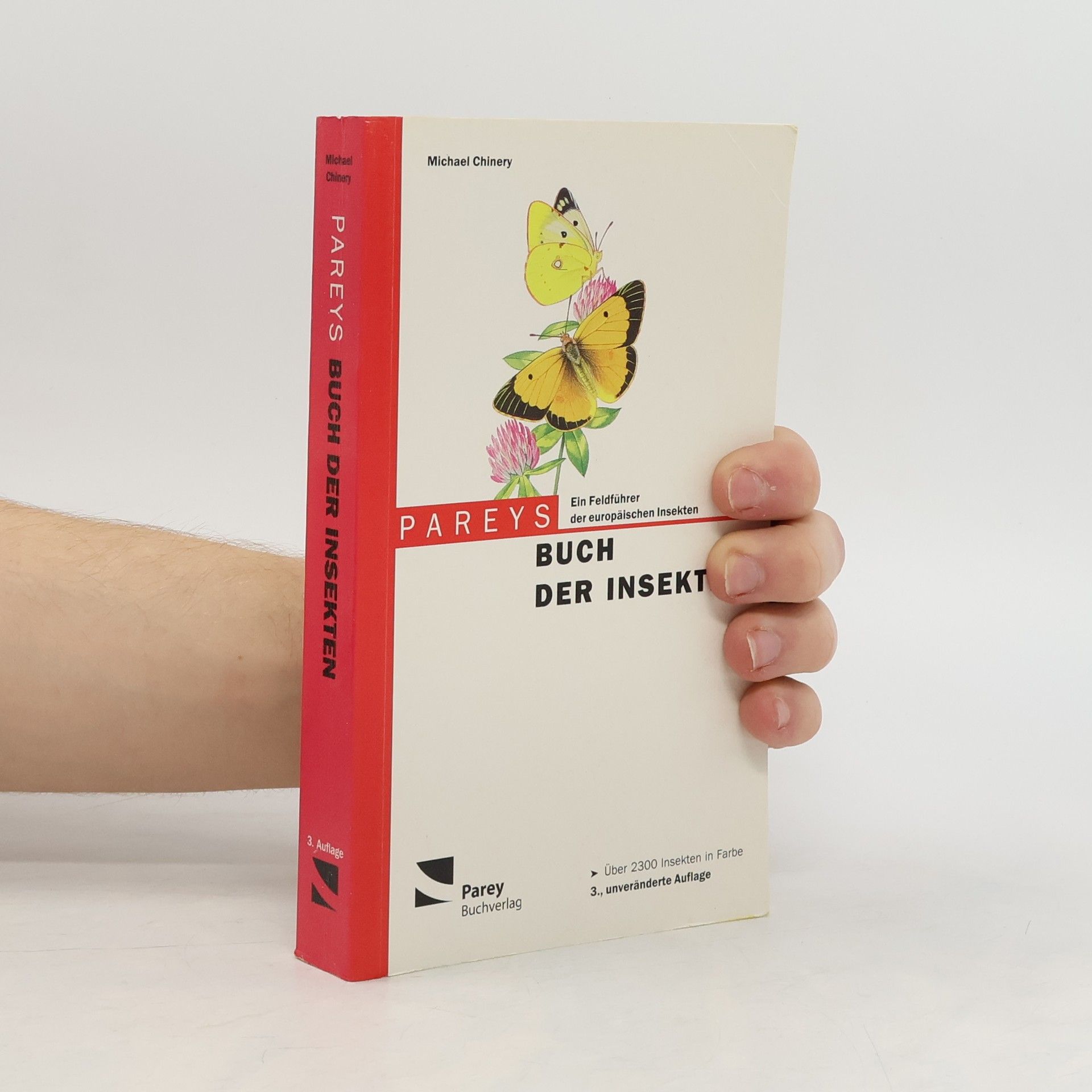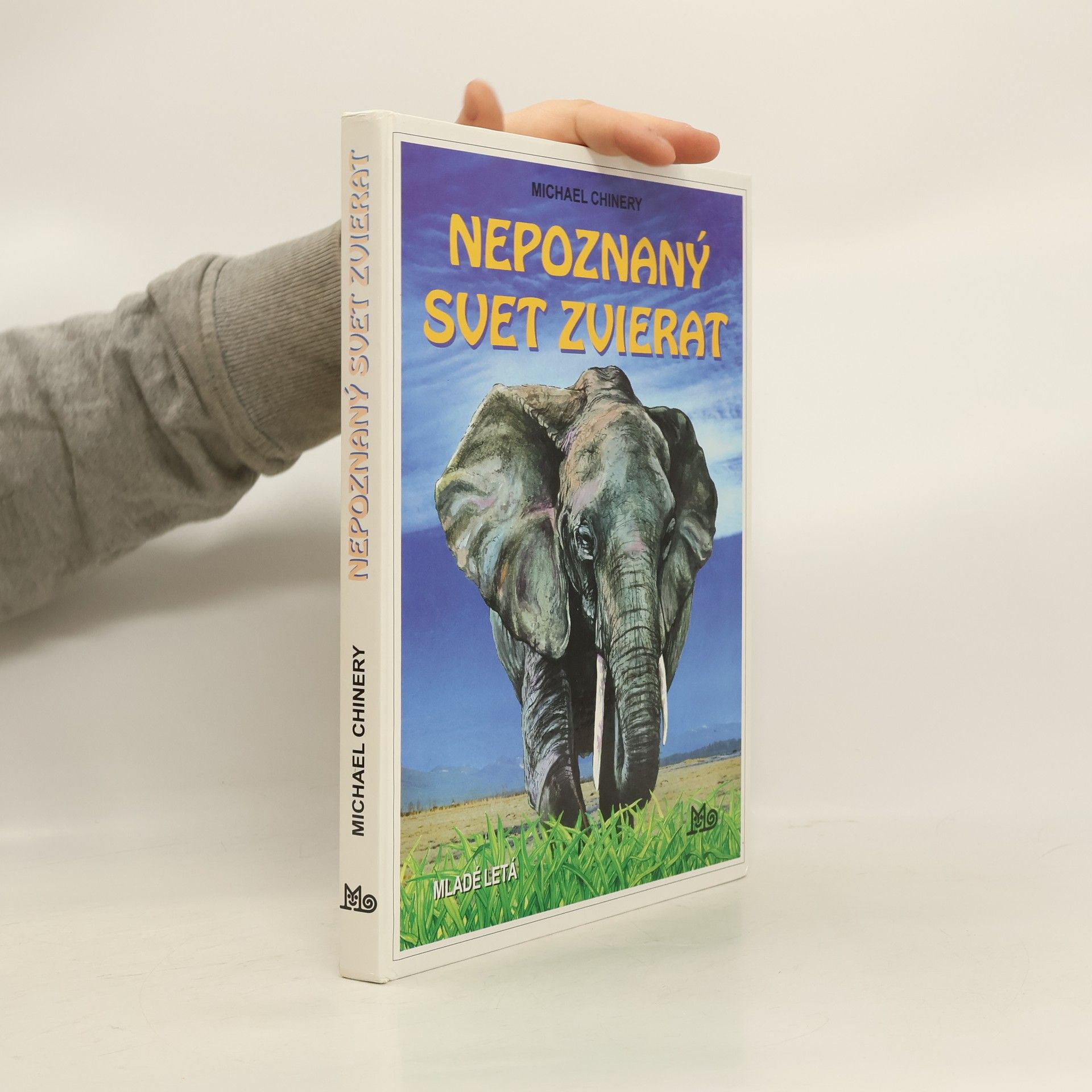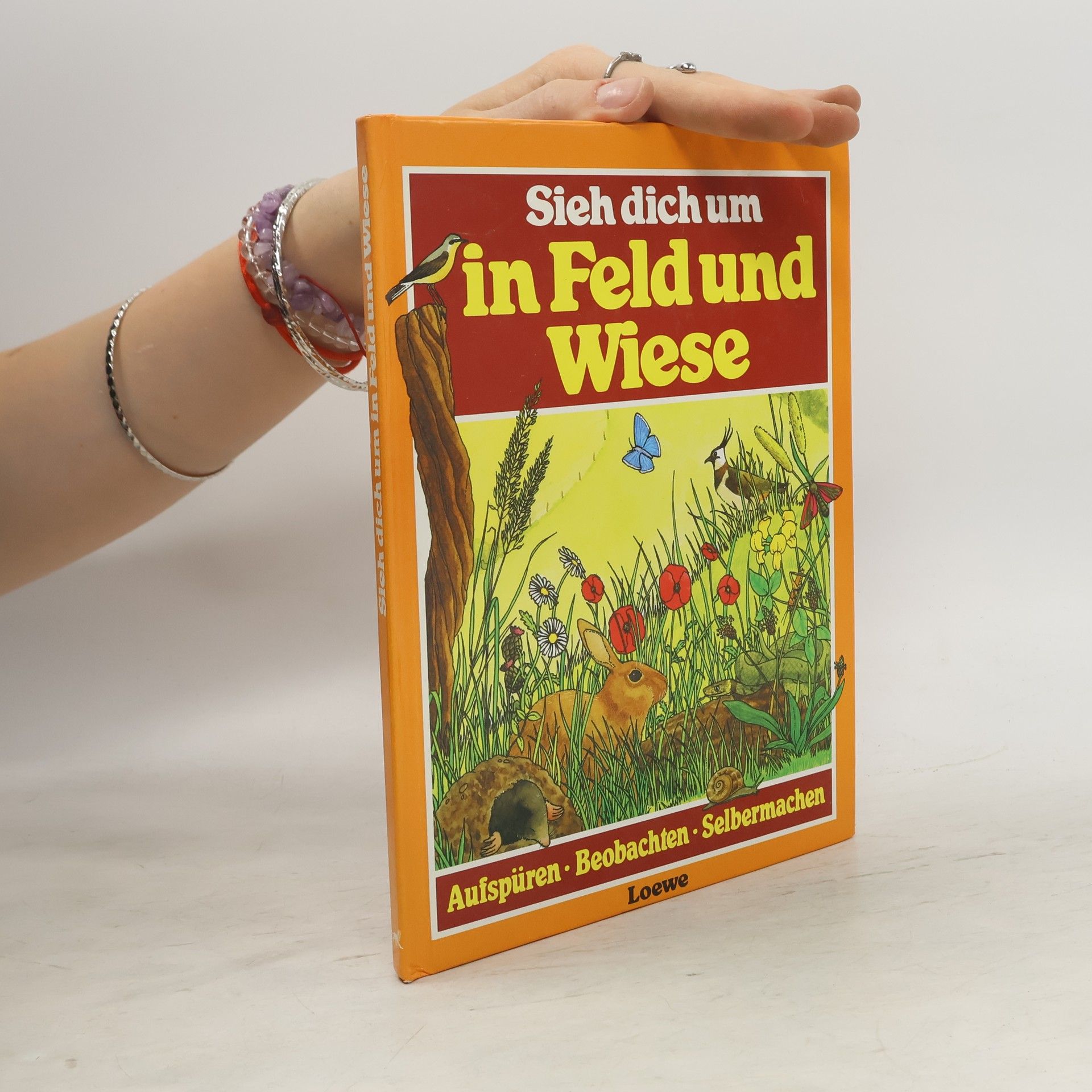500 pages, 2500 illustrations plein d'informations dans un langage très simple, bien adaptées aux deuxième et troisième cycles du primaire 10 grands thèmes pour répondre à la curiosité des enfants : la Terre, l'Univers, la mer, tous les animaux, au temps des dinosaures, les plantes, mon corps, les machines, les continents et les peuples, les sciences 140 jeux et activités parce qu'on apprend beaucoup et très facilement en s'amusant et en réalisant de courtes expériences Un extrait de conte invite à la lecture sur chaque thème. Des petits encadrés de vocabulaire expliquent les mots difficiles.
Michael Chinery Book order
Michael Chinery is an English naturalist and editor of the journal Cecidology. His work delves into the natural world, with a particular focus on insects and plant galls. Through his publications, he illuminates complex ecosystems and animal communities for his readers, offering insights into their intricate relationships.

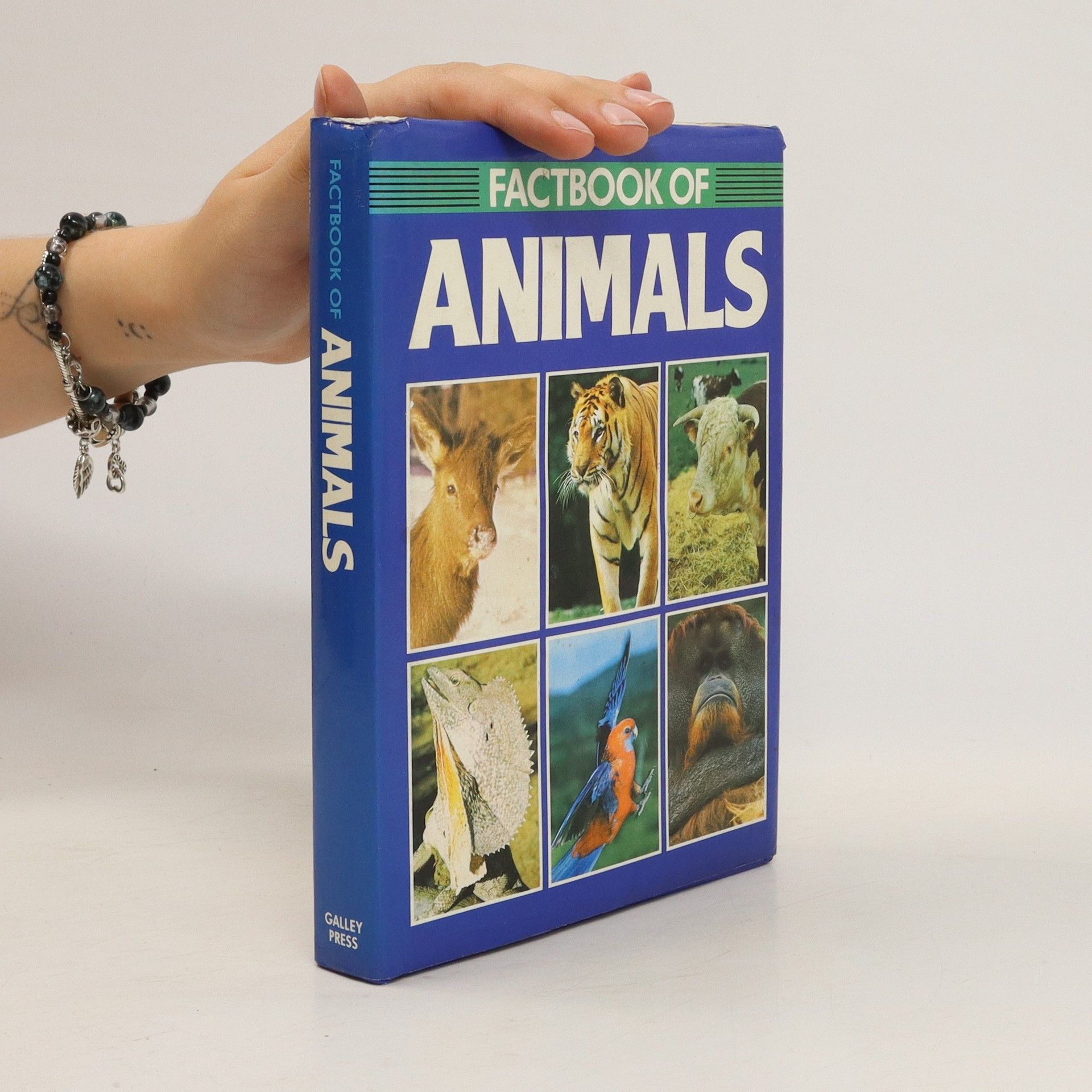
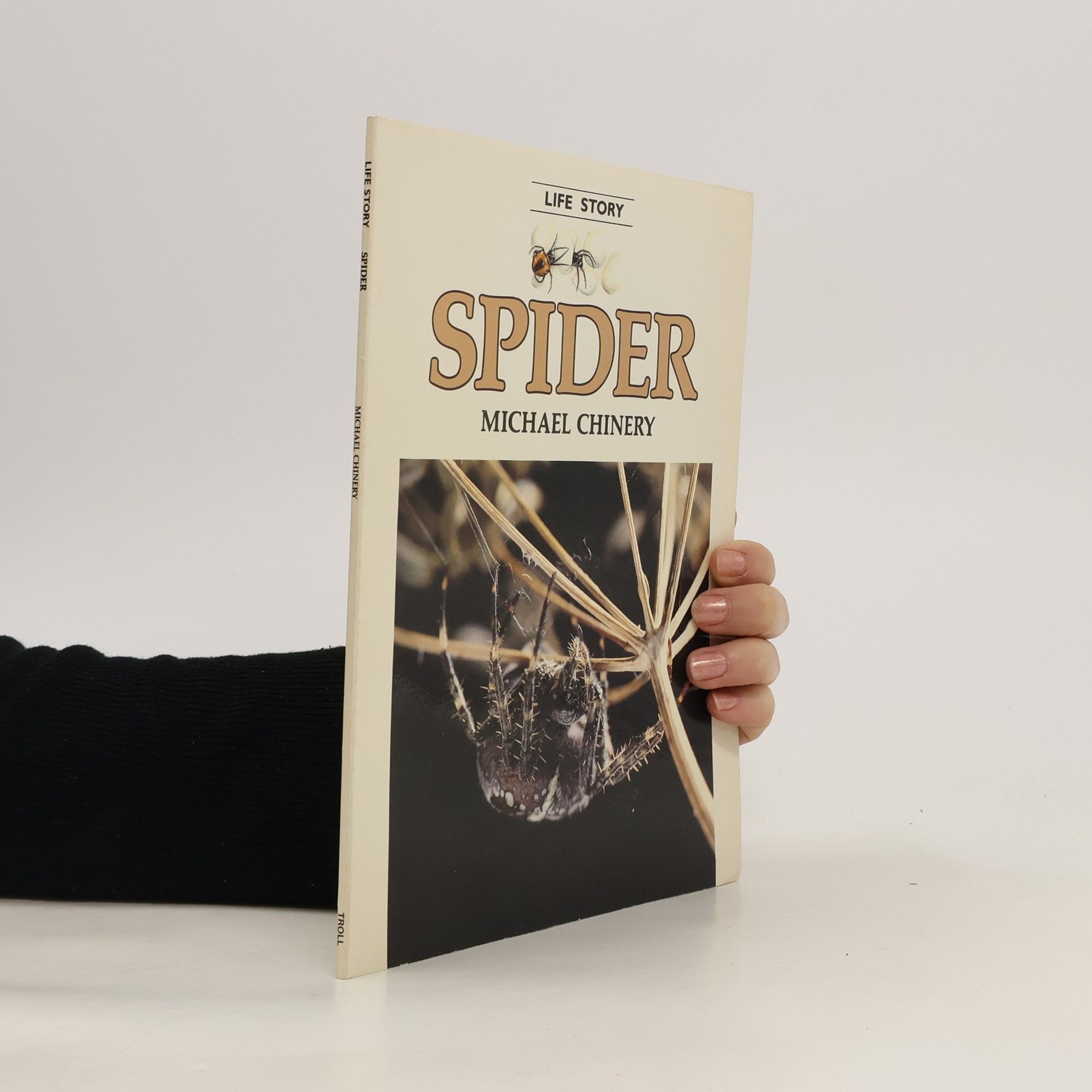
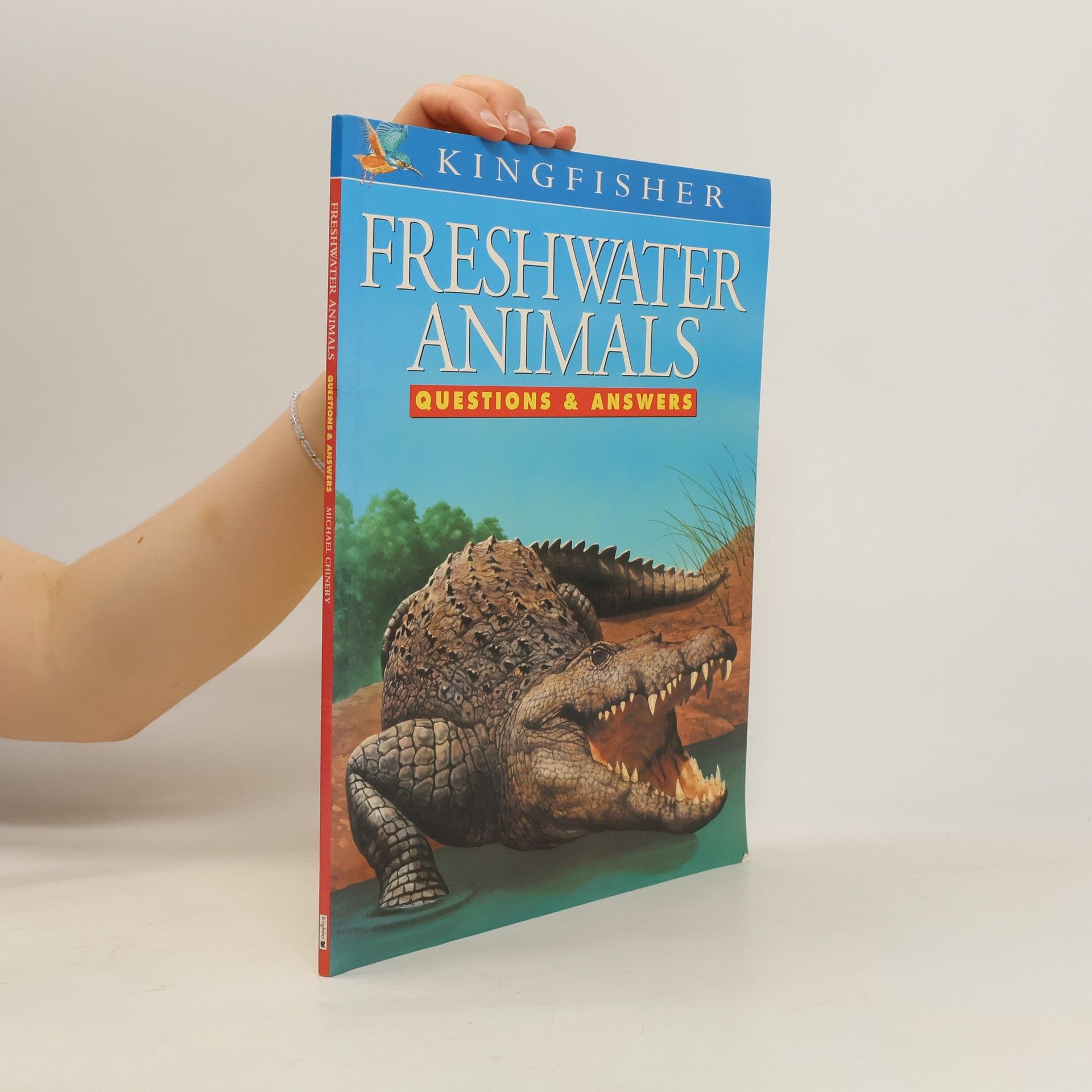


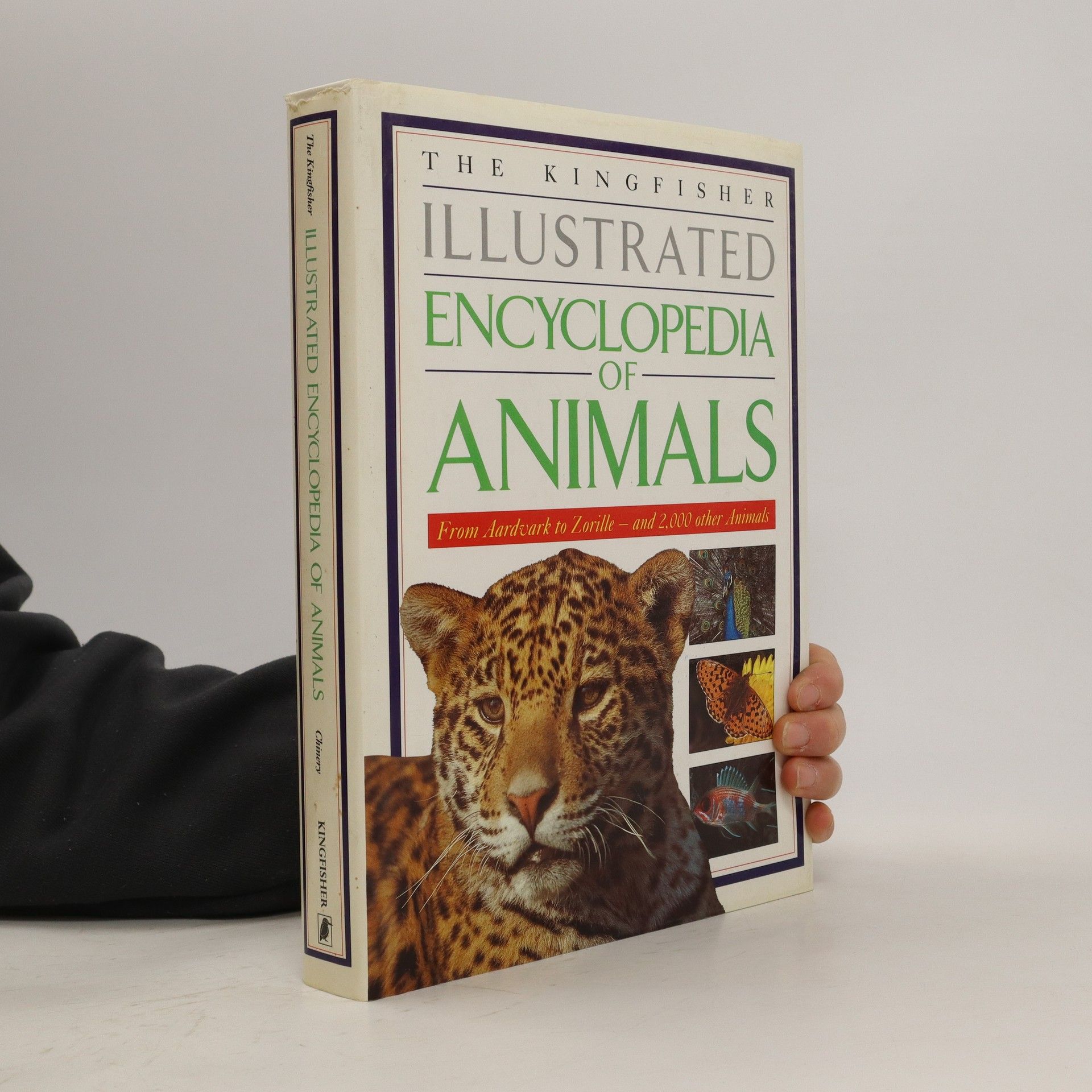
- 2014
- 2009
The Illustrated Encyclopedia of Animals of the World
An Expert Reference Guide to 840 Amphibians, Reptiles and Mammals From Every Continent
- 512 pages
- 18 hours of reading
Beginning with a biological and evolutionary overview of the animal kingdom, this book examines a range of animal characteristics, including anatomy, survival instinct and reproduction. It explores the impact that humans have had on the natural world, with an investigation of endangered species and conservation.
- 2004
Ilustrovaná encyklopedie evropské přírody
- 384 pages
- 14 hours of reading
Pečlivě zpracovaný a bohatě ilustrovaný průvodce světem více než 1500 rostlin a živočichů, kteří se vyskytují v Evropě. Téměř 2000 barevných kreseb a 200 fotografií. Více než 200 tabulek, grafů a schémat. Rozsáhlý rejstřík ulehčující orientaci v knize. Charakteristiky hlavních evropských biotopů.
- 2002
Buch der Insekten
- 328 pages
- 12 hours of reading
- 1998
Príroda Európy
- 384 pages
- 14 hours of reading
- 1998
Flóra a fauna Evropy
- 384 pages
- 14 hours of reading
Sestavil a část textů napsal Michael Chinery.
- 1995
IMMEDIATE DISPATCH FROM UK STOCKIST - ALL PROCEEDS GO TO THE JEC MEMORIAL NATURE RESERVE, BANKS OF THE LITTLE OUSE, SUFFOLK - Will dispatch Internationally, by air mail.
- 1994
Sieh dich um in Feld und Wiese
- 42 pages
- 2 hours of reading
Das Buch bietet zahlreiche farbige Abbildungen und behandelt Themen wie Aufspüren, Beobachten und Selbermachen. Es umfasst 43 Seiten.
